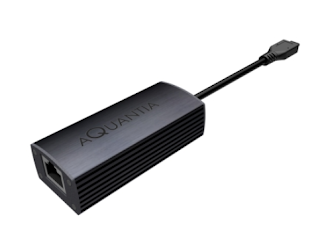Vodafone demonstrated what they believe is the world’s first programmable infrastructure based on FlexEthernet. The testing used Vodafone UK’s Red Stream network and equipment from Ciena.
 RedStream is an IP-based converged core network consisting of more than 200 sites connected by more than 11,000 km of optical fibre and with more than 1,000 MPLS-enabled aggregation node. Redstream provides converged connectivity for Vodafone’s mobile base stations, consumer broadband services and enterprise data and voice customers throughout the UK.
RedStream is an IP-based converged core network consisting of more than 200 sites connected by more than 11,000 km of optical fibre and with more than 1,000 MPLS-enabled aggregation node. Redstream provides converged connectivity for Vodafone’s mobile base stations, consumer broadband services and enterprise data and voice customers throughout the UK.
In a blog posting, Eva Rossi, Head of Transport Product, Vodafone Group, says the test was capable of delivering speeds of up to 400 Gbps over a single wavelength. Vodafone also tested flexible spectrum based on Ciena’s tunable WaveLogic Ai coherent optics and Manage Control and Plan controller.
http://www.vodafone.com/content/index/what/technology-blog/vodafone-pioneers-flexible-ethernet-in-uk.html
 RedStream is an IP-based converged core network consisting of more than 200 sites connected by more than 11,000 km of optical fibre and with more than 1,000 MPLS-enabled aggregation node. Redstream provides converged connectivity for Vodafone’s mobile base stations, consumer broadband services and enterprise data and voice customers throughout the UK.
RedStream is an IP-based converged core network consisting of more than 200 sites connected by more than 11,000 km of optical fibre and with more than 1,000 MPLS-enabled aggregation node. Redstream provides converged connectivity for Vodafone’s mobile base stations, consumer broadband services and enterprise data and voice customers throughout the UK.In a blog posting, Eva Rossi, Head of Transport Product, Vodafone Group, says the test was capable of delivering speeds of up to 400 Gbps over a single wavelength. Vodafone also tested flexible spectrum based on Ciena’s tunable WaveLogic Ai coherent optics and Manage Control and Plan controller.
http://www.vodafone.com/content/index/what/technology-blog/vodafone-pioneers-flexible-ethernet-in-uk.html
V




















